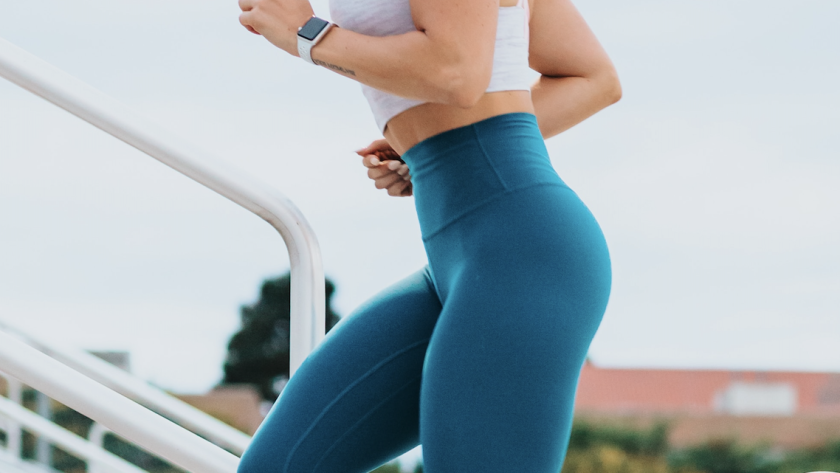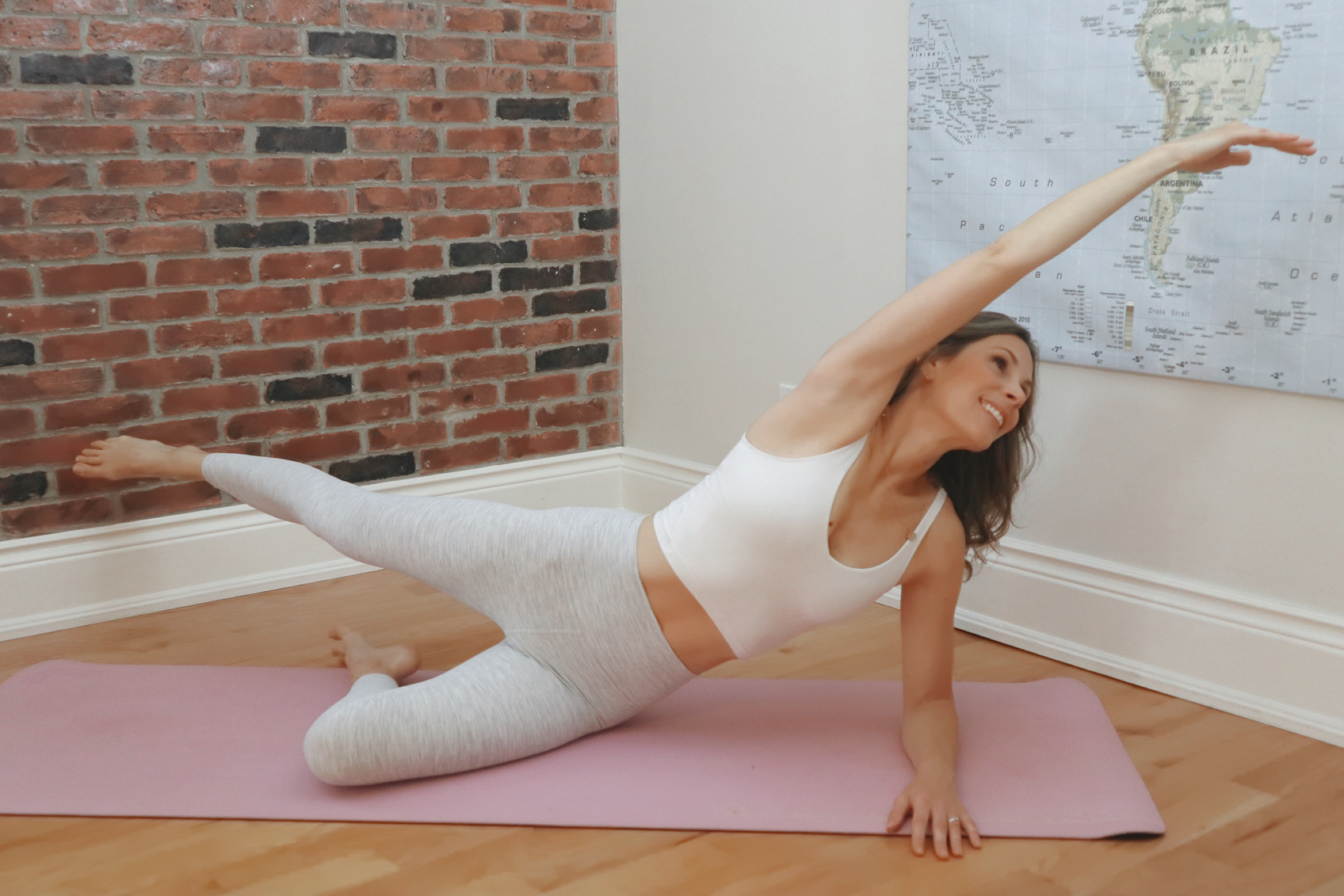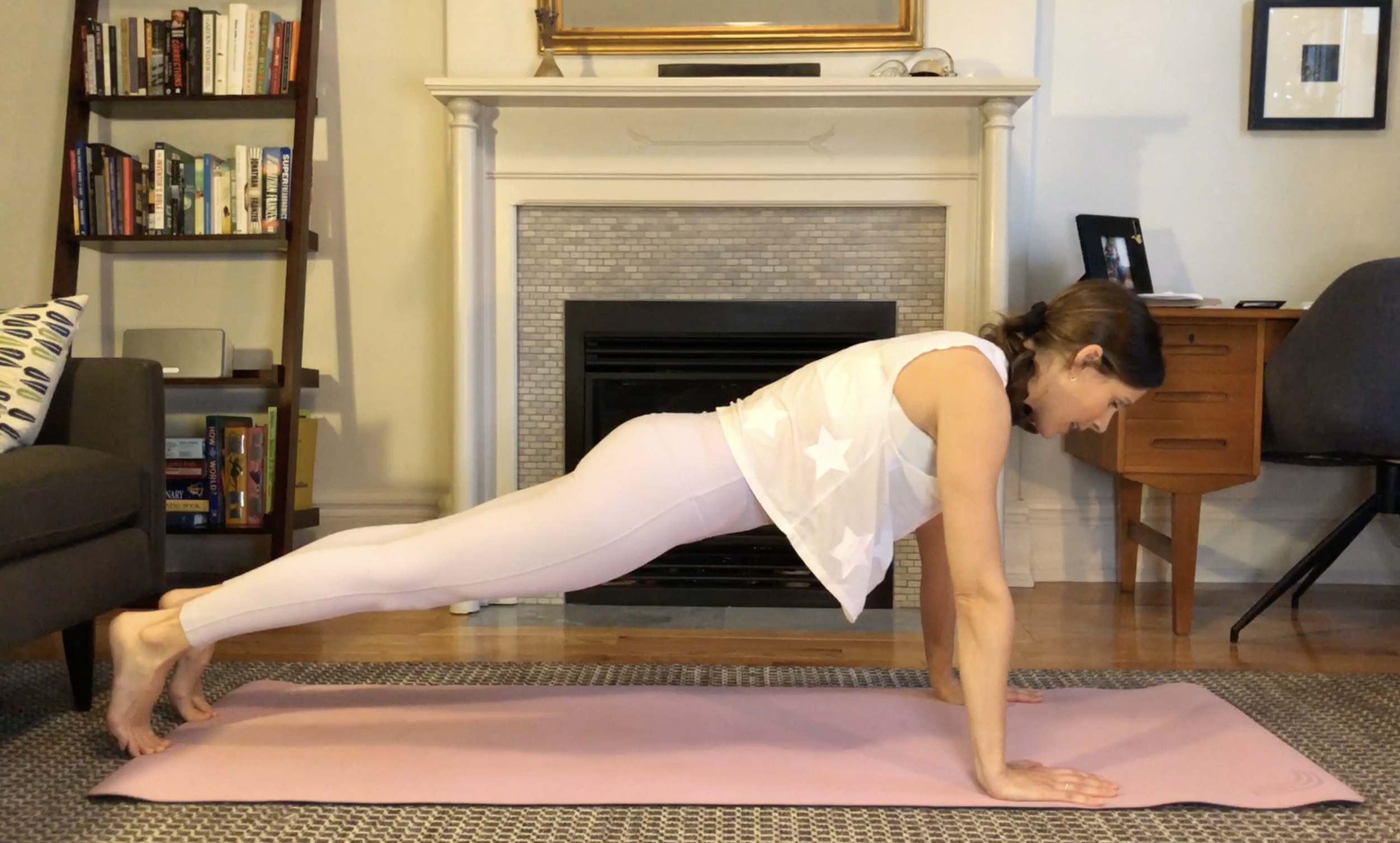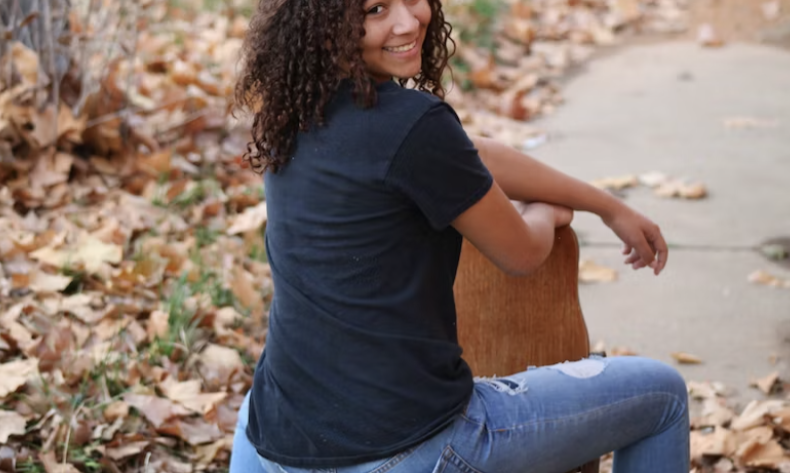





Articles related to easy to understand anatomy of the human body. Learn about the various parts of our body and how they can impact us. Learn about how various Pilates exercises work different muscles groups.
Key muscles groups targeted in a Pilates class include:
The glutes are a very important muscle group and key to building strength for your low back in a Pilates class. They’re responsible for so many different movements in your body and are the biggest muscles in your body. The glutes are also asymmetrical, meaning that there is a left and right side of each buttock. When working out or doing online Pilates classes, you need to train both sides equally so that one doesn’t become stronger than the other and therefore take over all of your movements.
Another body part that is worked regularly in Pilates is the back muscles. Your back muscles are important for posture and balance. They help support your spine, which can become weak from sitting at a desk all-day.
The shoulder muscles are a group of muscles that connect to the shoulder and upper arm. They consist of three major parts:
These four shoulder muscles work together with many other smaller ones to help you move your arms in every direction, as well as keep them stable while you’re moving around or sitting still.
Learn easy to understand anatomy of the human body.